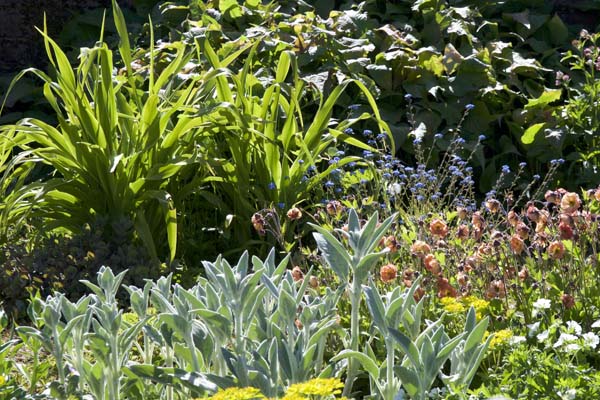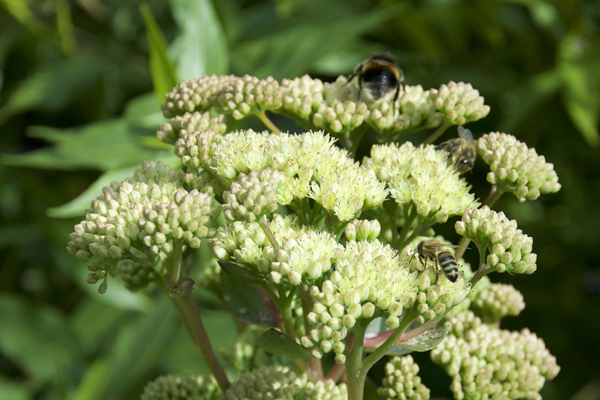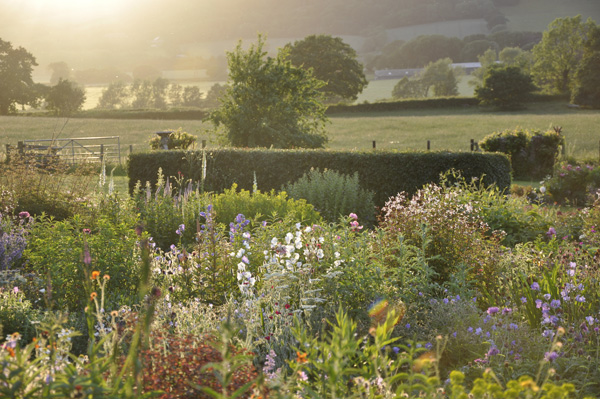About Our Plants & Ordering From Us
Do we grow plants in sustainable, peat-free compost?
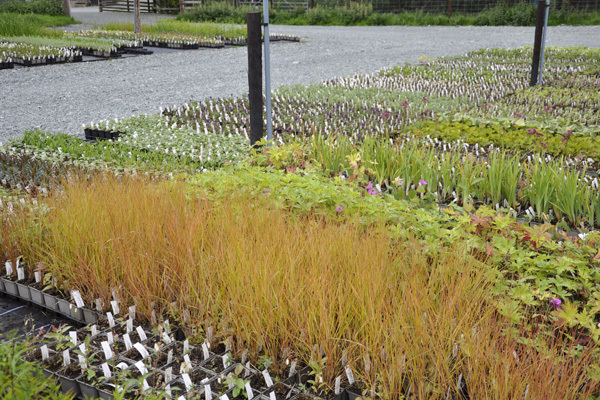
We have been growing plants in peat-free compost since the late 1990s, not just because using peat for plants should be reduced, but because sustainable, wood-based compost is a better growing medium. However, we cannot guarantee that plants we might purchase from other nurseries to suppliment our own stock are free of peat.
Do we use pesticides?
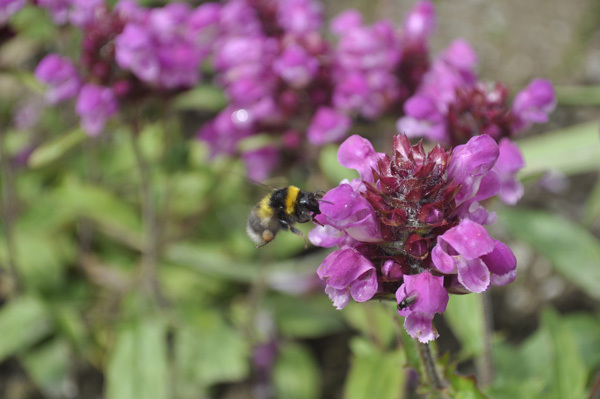
The answer is no, there is no need to use them and this includes neocotinoids.
When is the best order to plants?
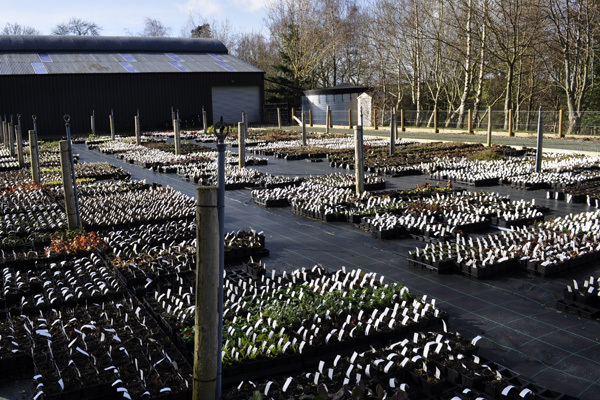
The majority of our perennials are grown in pots, which means they can be planted at any time of the year including winter and very early spring. Bare rooted plants such as irises and peonies have their own planting season and this is indicated in the relevant sections.
What happens when I place my order?
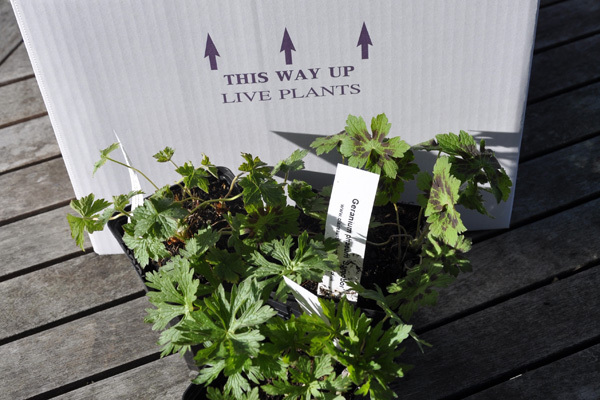
When you place an order it gets batched with other orders. These are then collated into one ‘pulling’ list. We then go outside to the stock beds and ‘pick’ the plants on the list from the allocated locations.
Packing Your Order
The plants from this pile of orders (which includes yours) is then brought into the packing shed, tidied up and the individual orders are put in to a tray with a packing list of what you have ordered. One of our packers will then look over the order, check its okay (again), and put the plants into a blister pack or wrap it in cardboard depending on how big the plant is. These plants are then put in to a cardboard box, the box is sealed with the final dispatch note attached and it is collected by our couriers that day.
What we use to pack plants
We pack 9cm plants in 100% recycled blister packs that can also be recycled. Where appropriate we also use straw and cardboard.
How Long Will It Take To Get My Order
As it takes a day or two to assemble and prepare the order for packing we always say orders will arrive with you within 7 to 10 working days. Orders often arrive earlier, but with the vagaries of weather and any possible mishaps during transport we like to hedge our bets!
What will the plants look like when they arrive?
The same plant will look different at different times of the year. This is because almost all perennials die back in autumn and emerge again in spring. By summer they are almost fully grown and come autumn the whole process starts again. The most important thing to remember is that perennials grow at different rates. Some will grow more quickly than others, putting up leaves and flowers before others have even thought about it. Even among a plant group, (Astrantia for instance) one variety may grow much quicker than another.
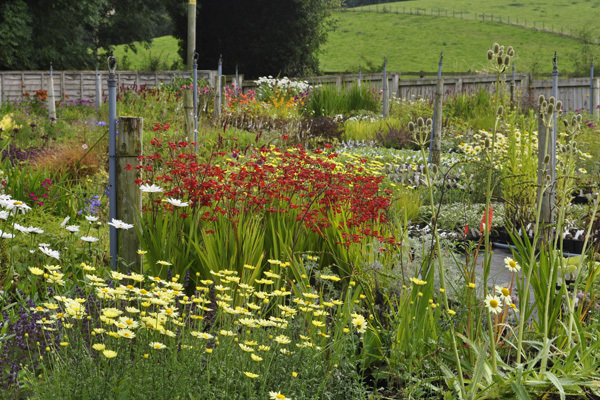
Buying perennials In spring
If you buy a plant in spring you are buying a promise of what is to come. Most perennials will have no or very little top growth. The exception are plants with evergreen or semi-evergreen leaves.
Buying perennials in summer
By June the majority of perennials have put on most of their top growth. Some of the leaves and stems can be damaged in transit, therefore we often cut back plants not only to prevent damage, but to encourage a bushier plant. Others may have only recently rooted into the pots which means the foliage may not look as lush as the same variety that has been in a pot for several months longer.
Buying perennials in autumn
In autumn the leaves on most perennials will die back. We often cut off all the leaves just to tidy the plant up. This is the time we send out any plant that is sold as a bare root.
Buying perennials in winter
In winter perennials are dormant which means that most plants will have no or very few leaves although if they are described as ‘evergreen’ they will have some leaves. Don’t worry perennials with no leaves during the winter will have plenty of roots to sustain them during this cold period.
What should the roots look like?
This depends on when the plant is potted. Most perennials are potted into 9cm pots before the end of July so that the roots will established in time for the cold winter months. The roots of different perennials grow at different rates. This depends on the variety; some establish quicker than others and therefore will produce abundant roots (for instance many hardy geraniums) while others are slower and the roots may appear sparse (for instance astrantia).
One point to remember, roots poking out of the bottom of the pot are not always an indication of a plant being pot bound. Some perennials go so quickly the roots can fill a pot within a few weeks.
What should I do when I get my perennials?
As soon as you get your plants open the box up and remove them from the packing. This stops them from 'sweating'. Depending on what time of year and the weather conditions in most cases our plants are sent out in 9cm pots and the pots can be left for quite a time before planting as long as they do not dry out.
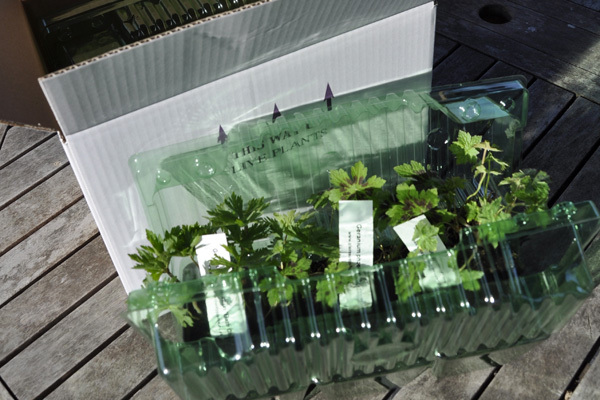
Things To Do
- Remove the plants from the packaging and give them a good watering.
- It is best to plant them as soon as you can, especially if you are buying plants during the summer months.
- If you are buying perennials in spring they are most likely to have been in the pots since the summer which means many of the nutrients in the soil will have been used up. Therefore it is important to plant them as soon as you can, especially if they are just starting to grow.
Things Not To Do
- Don't put any plants in a greenhouse or polytunnel. Even in cold conditions a greenhouse will warm up in the sun and plants can dry out. The warmth will also promote new growth which can be soft and when put outside this new growth is likely to be damaged. Sometimes the plants can die through the stress of changing enviroments.
- Unless this is to be the final destination, don't pot plants into a larger pot especially in winter.
- Unless the pot is standing on a professional standing ground, the soil is a pot can become waterlogged and if the soil freezes, the plant can die.
What do I do if the ground is frozen or too wet to plant?
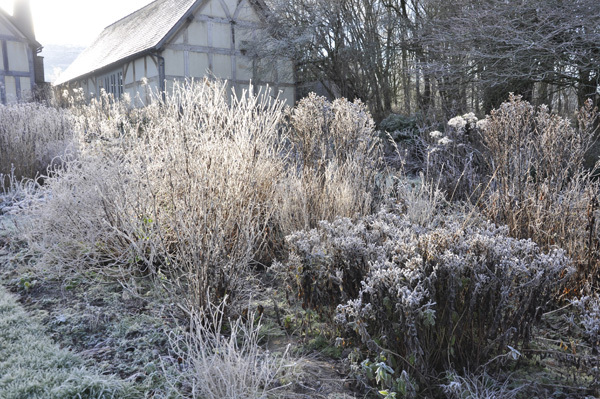
If the weather is cold and there is snow on the ground or the soil has frozen take the plants out of the packing. If they look dry give them some water. Place them OUTSIDE, not in a greenhouse or in the house (see above). Plant them as soon as you can.
